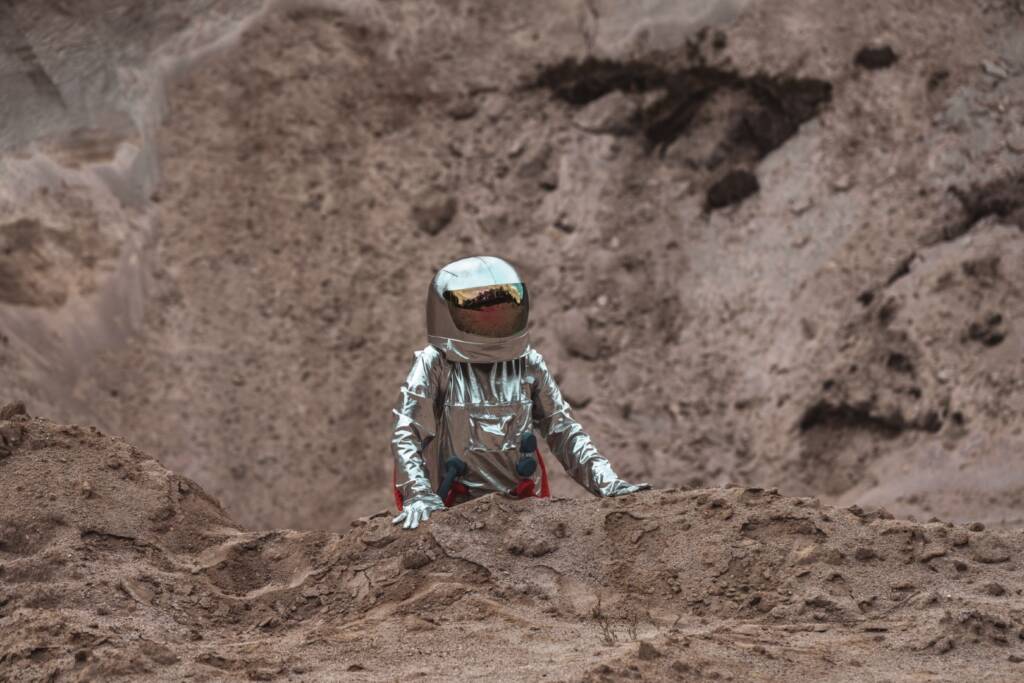Survival on Mars: A Comprehensive Guide
The concept of Survival on Mars has captivated the imagination of scientists, engineers, and the general public alike. As humanity stands on the brink of becoming a multi-planetary species, the need for a detailed understanding of what it takes to survive on the Red Planet has never been more critical. This guide explores the fundamental aspects of making life sustainable on Mars, from shelter and water to food and technology.

Table of Contents
- Understanding the Martian Environment
- Shelter and Habitation
- Water and Food Supply
- Energy and Power Solutions
- Health and Wellbeing
Understanding the Martian Environment
The Martian environment is vastly different from Earth’s, with challenges including extreme temperatures, thin atmosphere, and high radiation levels. Survival on Mars requires a profound understanding of these conditions and designing life support systems that can operate under such extremes.
Atmospheric Conditions
Mars has a thin atmosphere, composed primarily of carbon dioxide, with traces of nitrogen and argon. The atmospheric pressure on Mars is less than 1% of Earth’s, meaning conventional breathing is impossible, and protection against vacuum exposure is necessary.
Radiation Exposure
Without a magnetic field and a much thinner atmosphere, Mars offers little protection against harmful space radiation. This necessitates the development of habitats capable of shielding inhabitants from high-energy particles.
Shelter and Habitation
Creating sustainable and safe habitats is crucial for long-term survival on Mars. Utilizing local materials for construction and incorporating advanced technologies for environmental control are key strategies.
Utilizing Martian Soil
The use of in-situ resources, such as Martian soil, for building materials can significantly reduce the need to transport heavy supplies from Earth. Techniques such as 3D printing with regolith are being explored for this purpose.
Environmental Control Systems
Maintaining a stable internal environment is essential for survival. This involves regulating temperature, air composition, and pressure to Earth-like conditions.
Water and Food Supply
Securing a reliable source of water and developing sustainable food production systems are among the most critical challenges for Martian settlers. Recirculating water systems and hydroponic farms could play a pivotal role.
Extracting Water from the Martian Soil
Techniques for extracting water from the Martian soil, which contains ice, are essential. These technologies will enable the production of potable water and the cultivation of crops.
Hydroponics and Aquaponics
Hydroponics and aquaponics systems, which do not rely on soil and use far less water than traditional agriculture, could provide fresh produce for Martian habitats.
Energy and Power Solutions
Reliable energy sources are vital for heating, lighting, and operating life support systems on Mars. Solar panels and nuclear reactors are among the most promising solutions.
Solar Power
Despite the reduced sunlight on Mars, solar power remains a viable energy source, especially when combined with energy storage technologies.
Nuclear Power
Small modular nuclear reactors could provide a consistent power supply, essential for operations not suited to solar power or during dust storms.
Health and Wellbeing
Maintaining the physical and mental health of astronauts is as crucial as providing them with air, water, and food. This includes medical care, exercise, and social activities.
Medical Facilities
On-site medical facilities equipped to handle emergencies and routine health care are a necessity. Telemedicine might also play a significant role, offering access to Earth-based medical experts.
Mental Health Support
The psychological challenges of living on Mars, such as isolation and confinement, must be addressed. Providing social spaces, recreational activities, and communication with Earth can help mitigate these issues.
Conclusion
Survival on Mars presents an array of challenges, from the harsh environment to the need for self-sufficiency in basic resources. However, with innovative technologies and strategies, humanity can overcome these obstacles. The journey to establishing a sustainable presence on the Red Planet is undoubtedly daunting, but it represents a monumental step in our evolution as a species, pushing the boundaries of what is possible.
Today’s Keyword Learning:
Colonization of Mars: Colonization of Mars refers to the proposed establishment of permanent human communities or robotic industries on the planet Mars. Science fiction, aerospace engineering, and scientific proposals have made various suggestions for accomplishing this, ranging from terraforming to the construction of sustainable habitats and infrastructure.
Read More…



